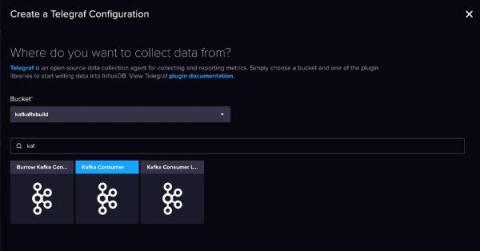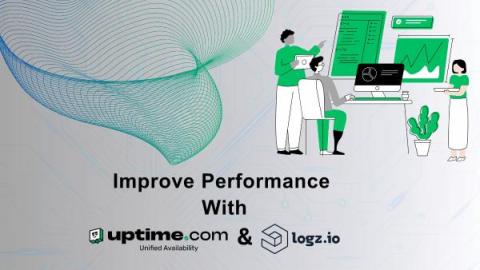How to SSH into Docker containers
A Docker container is a portable software package that holds an application’s code, necessary dependencies, and environment settings in a lightweight, standalone, and easily runnable form. When running an application in Docker, you might need to perform some analysis or troubleshooting to diagnose and fix errors. Rather than recreating the environment and testing it separately, it is often easier to SSH into the Docker container to check on its health.











